Youth and Yom Hashoah: Creating a Continuum of Remembrance

ow will we make a bridge of memory between the final generation of Holocaust survivors and the rising generations of young Jews who will never be able to meet a survivor? As individuals, institutions, and a community, we are charged by history with creating a culture of memory that will ensure that there is a continuum of remembrance, and that memory inspires us to make a better world.
This issue is devoted to the thoughts and actions of people who are responding to this unique moment of memory in our unfolding Jewish history. We offer these ideas in the hope that the reader will be moved to engage this timely question—the transmission of memory— and help provide opportunities for our young people to be strengthened and empowered through their inevitable encounter with the legacy of the Holocaust.
These stories of continuity come from individuals, synagogues, supplementary schools, and agencies all over the country. The theme of each story is how continuity is being created by individual acts of understanding and commitment.
This year the Remember Us concept of remembrance—one child remembering one child—was incorporated into Yom Hashoah, Holocaust remembrance commemorations, across the country. We worked with agencies in several cities (Ashland, OR; Boston; Harrisburg; Ithaca; Milwaukee; Nassau County, NY; Portland; San Francisco; Santa Rosa, CA) to explore ways for children to become meaningful participants at Yom Hashoah. The ideas generated by this pilot effort are presented as a photo essays below.
Youth Participation in Yom Hashoah Commemorations
ithin one generation Yom Hashoah commemorations will become very different. Today they honor those who survived. In the future, we believe that they will also honor those who remember.
The Remember Us Project this year started working with agencies and institutions around the country on ideas about bringing young people into Yom Hashoah, to give them a place at the table, to provide a connection to lost children, and to honor them from the start for their witness to memory.
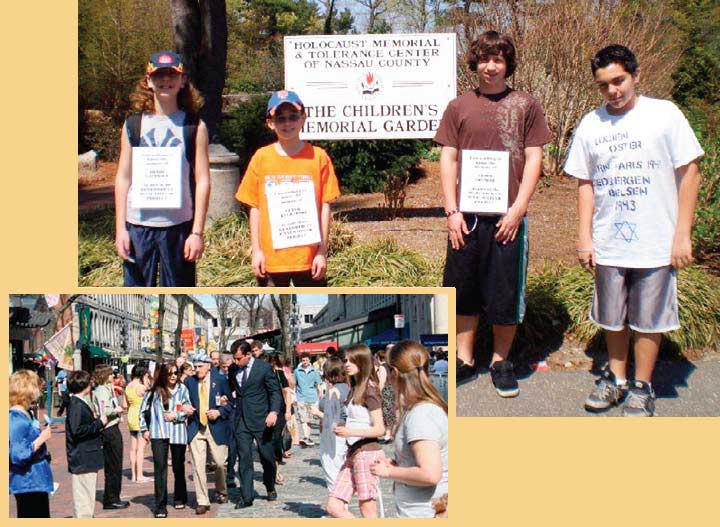
Walks
In Glen Cove, New York, there was a community walk at the Holocaust Education and Tolerance Center. Participants each received the name of a lost child, which they displayed as they walked in his/her honor. In Boston, the JCRC event included a walk to the Holocaust memorial following a program at Faneuil Hall. Children lined both sides of the path, each displaying the name of a lost child.
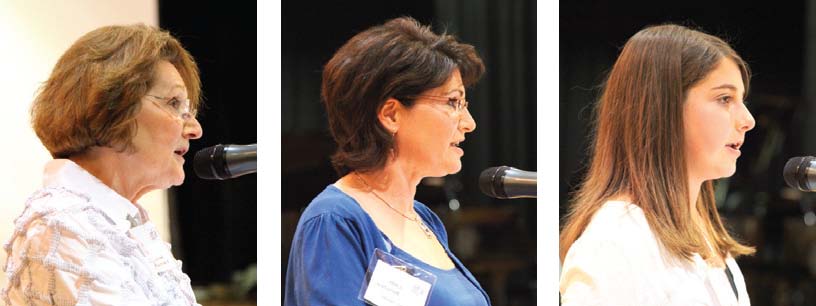
Multi-Generation
Presentations
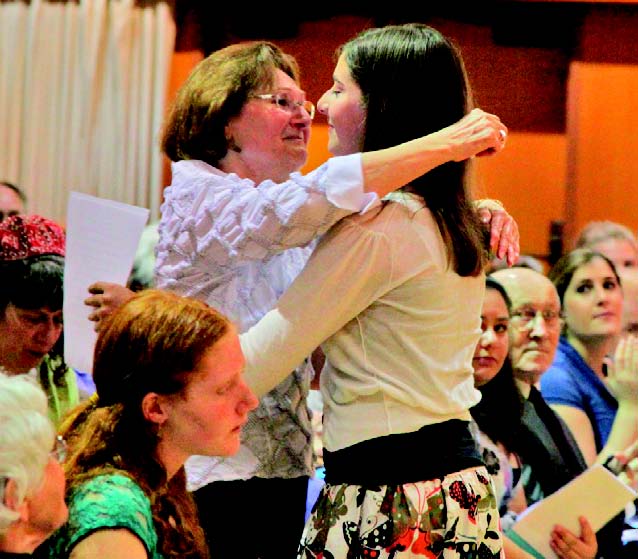
In Santa Rosa, California, three generations of one family told the story of their experiences in and related to the Holcaust, emphasizing how it had shaped their lives as generation succeeds generation.

Children
Lighting
Candles
In Ashland, Oregon, each child prepared a memorial candle with the name and biography of one child. At the commemoration, the children were the candle lighters, and read the names and stories to the congregation.
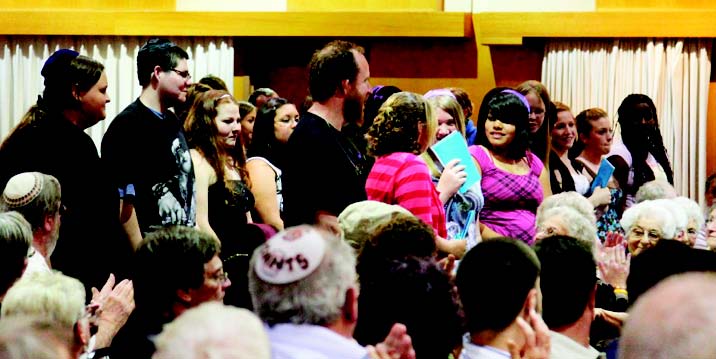
School Visits
In Santa Rosa, California, children from a local public high school attended the Yom Hashoah commemoration, in connection with the Holocaust study project in their social studies class. Their interest and commitment was honored by the assembly.
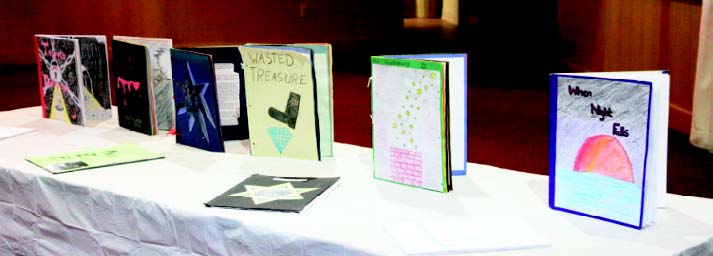
Art Projects
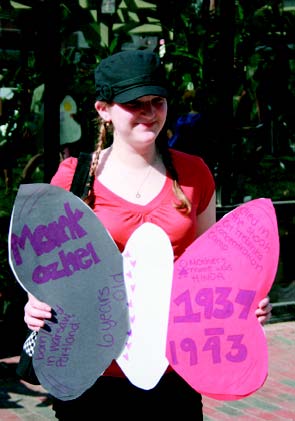
Artwork related to Holocaust study, including memorials made for individual childen, were displayed in several cities. Children in some cities received names from Remember Us to incorporate in the Butterfly Project.
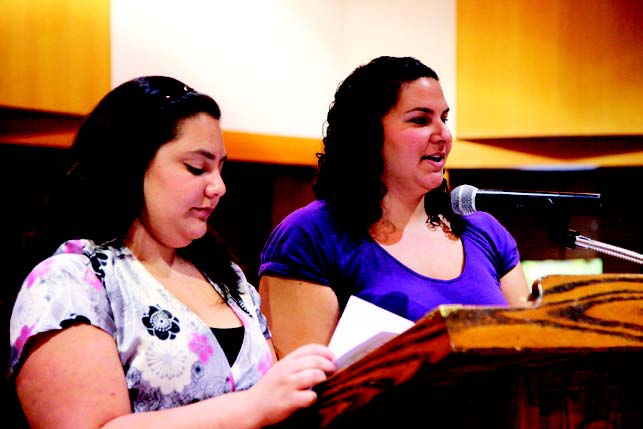
Legacy
Statements
Hillel students at one commemoration were invited to prepare their reflections on the transmission of Holocaust memory to their generation. Spokespeople for their community presented their thoughts.
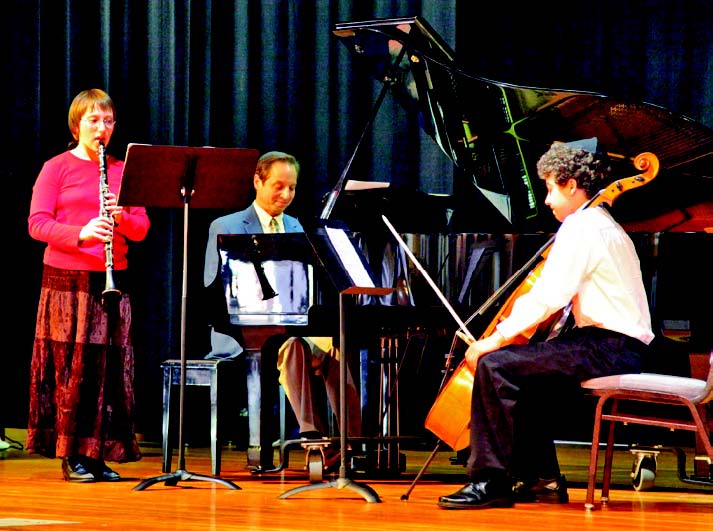
Young
Musicians
Youth and teen musicians provided musical interludes to the commemoration proceedings.
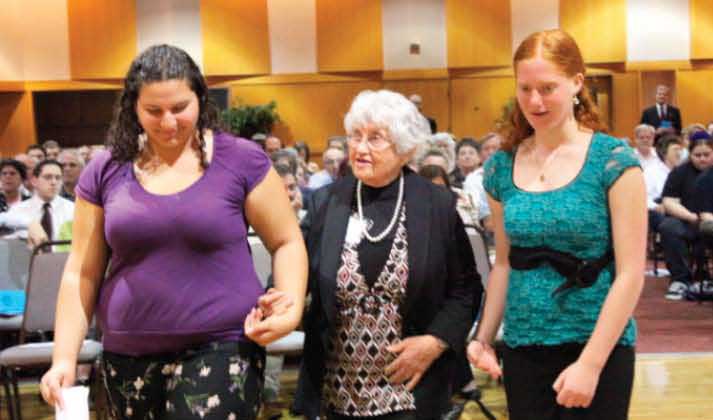
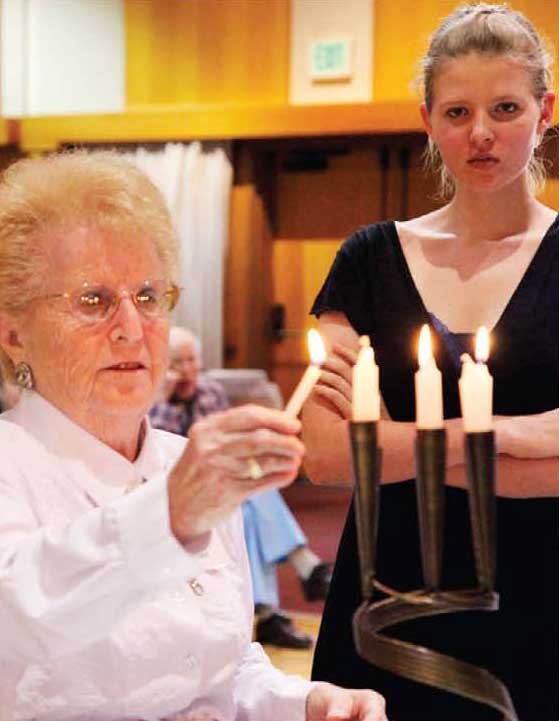
Escorts
High school and college students acted as escorts for survivors. They were paired with survivors upon arrival and stayed with them throughout the events.


